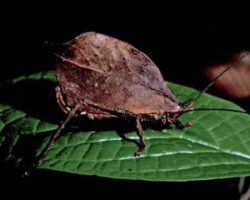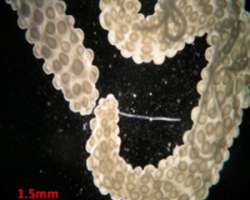
What are we pausing?
Michael J Imperiale is professor of microbiology and immunology at the University of Michigan Gain-of-function studies, as the name implies, are experiments in which a new biological behaviour is conferred upon an existing virus e.g. the ability to be transmitted between mammals in the case of the bird flu virus, H5N1. Earlier this month, the United States (US) Government issued a statement indicating that they would implement a pause of new funding for research involving so-called gain-of-function (GOF) experiments. If research into three respiratory viruses, influenza virus, and MERS and SARS coronaviruses, could be “reasonably anticipated” to result in enhanced pathogenicity or increased transmissibility then their funding would be temporarily halted. The US also asked for a voluntary pause of ongoing projects. During the pause, the US is organising discussions aimed at determining the risks and benefits of such research. An important question is do we need…




